
That’s Frida Kahlo, I love her, I have a book about her at home,’ commented four-year-old Annie. She brought the book into Growing Places Mill Hill Nursery in Waterlooville, Hampshire, causing other children to become fascinated by the Mexican artist’s life and work and go on to explore various aspects of it. The success of the year-long project has led to other nurseries in the group now introducing their own artist explorations in dedicated small, focused studio spaces.
‘We believe everybody is creative in some way and they may not know that unless they’re given the opportunity to explore and discover that,’ explains head of nurseries Carlie Powell. ‘We will provide the children with provocations, but there is no end goal – it’s not about a production line but the process, so children are given the time to develop their skills, make mistakes, experiment and learn from each other.’
Frida Kahlo
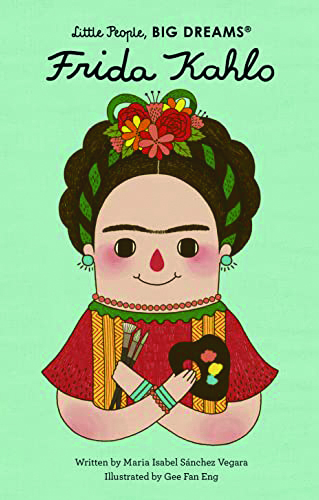 While children were inspired by Kahlo’s artwork, it was actually her personal life that interested them most.
While children were inspired by Kahlo’s artwork, it was actually her personal life that interested them most.
- They learnt that when Kahlo was a child she was involved in an accident and spent a long time in hospital. The children empathised with her. Influenced by Kahlo’s vibrant colours, one child drew a bright portrait of her, commenting, ‘This is Frida when she was sad. She’s got blue tears and green earrings.’
- Frida passed time in hospital by drawing her feet. ‘The children were inspired by this part of Frida’s life story,’ says Carlie. ‘They would look closely at their own and each other’s feet, examining them and counting their toes. They would take off their shoes and draw around their feet with pencils. Then they chose to draw their feet freehand.’
- Educators shared the painting ‘Viva la Vida, Watermelons’ with the children, and brought in a watermelon for them to also study and look at the contrasting colours and different shapes and angles. They studied the painting and the fruit and used them as the basis of their own creative interpretations.
- Children learned different techniques; for example, one girl found out through trial and error that she needed to wait for the paint to dry before adding more detail or the colours would run.
Yayoi Kusama
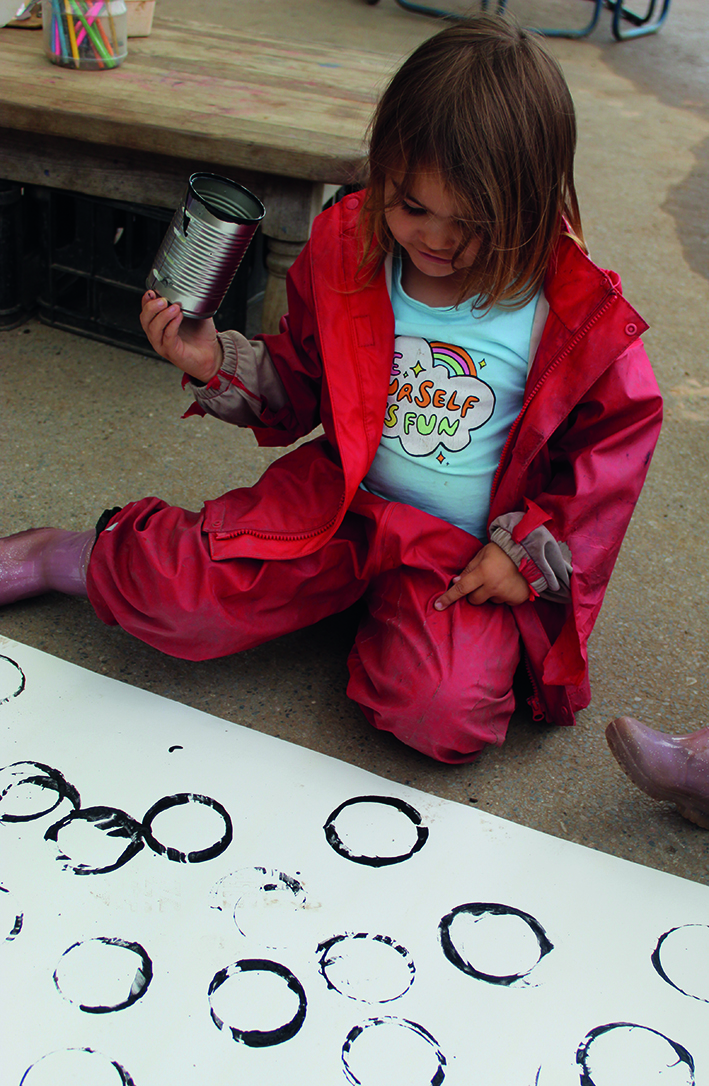 Children at the group’s Havant setting are exploring Japanese illusion artist Yayoi Kusama:
Children at the group’s Havant setting are exploring Japanese illusion artist Yayoi Kusama:
- The children were struck by the artist’s striking image, with comments about her vibrant red hair.
- Toddlers and babies were given large Velcro spots to transport and stick on themselves or boards.
- Older children chose to recreate their own spotty art. They also explored her artwork projected onto the wall so they could blend into it and immerse further into the colours and spots.
- Children shared their thoughts about a spotty image of the sombre artist wearing a snake-like patterned dress and blending into a painting of a pumpkin. When an educator questioned why the artist may be sad, the children thought it may be because she doesn’t like spots or that she used all the same yellow and brown colours.
They are planning on continuing to explore why Kusama may be sad.
Wassily Kandinsky
 At Morelands nursery, they have begun looking at the works of Russian abstract artist Wassily Kandinsky:
At Morelands nursery, they have begun looking at the works of Russian abstract artist Wassily Kandinsky:
Educators set up a provocation table with his ‘Several Circles’ painting, along with a variety of shapes for inspiration. ‘It looks like space!’ remarked a child, while others began to paint on easels – ‘I did round and round circles.’
The following week, educators placed large pieces of paper on the floor along with primary colours accompanied by Kandinsky’s ‘Squares with Concentric Circles’. They were intrigued whether children would explore paining differently on the floor and if they would notice the squares in the colourful, geometric picture. A three-year-old spotted they were different, ‘I can see some squares in the picture, they look like houses.’
Children are considering their painting technique, with one painting outer circles very carefully before cleaning her brush. ‘We mustn’t mix the colours,’ she commented. They also used objects to print circles onto paper.
on reflection
‘The children gain so much from exploring artists,’ says Carlie. ‘They feel value from being as good as somebody who has their painting in an art gallery, which gives them confidence. They learn artistic skills and also the thirst to learn more about the artists themselves – they explore culture, life and empathy. It also inspired children to go on their own creative journeys and brings in role play, singing and dancing.’
She adds, ‘Continuous reflection and protected time to exchange dialogue is essential in keeping any project alive. Our educators are genuinely interested in what the children are telling and showing them; they share a fascination for the awe and wonder in children’s discoveries.’
‘We are artists!’
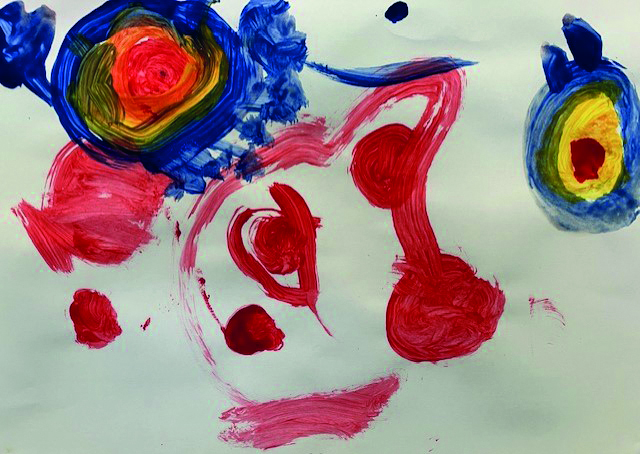 After a year of creativity, the children’s artwork was exhibited in the local library and high street. Carlie says, ‘Their confidence, self-belief and self-esteem reached new heights as they watched their artwork be appreciated and valued by so many others.’
After a year of creativity, the children’s artwork was exhibited in the local library and high street. Carlie says, ‘Their confidence, self-belief and self-esteem reached new heights as they watched their artwork be appreciated and valued by so many others.’
The explorations made them value the work of a well-known artist but also gave them the confidence to recognise that they, too, are artists. ‘The children believed they were artists, they embodied the role fully,’ reflects educator Sheila Butland. ‘There was camaraderie in the studio; “We are artists!” they would say together.’
Those children have now moved on to school, but their work has gone on to shape an overarching ‘We are Artists!’ theme across the five Growing Places nurseries. Like at the Mill Hill nursery, educators observe and follow the children’s interests in small, focused studio spaces, and their investigations have taken very different trajectories.
book corner
 Frida Kahlo by Maria Isabel Sánchez Vegara and Gee Fan Eng
Frida Kahlo by Maria Isabel Sánchez Vegara and Gee Fan Eng
Part of the Little People, BIG DREAMS series, this books tells the life of Frida Kahlo.
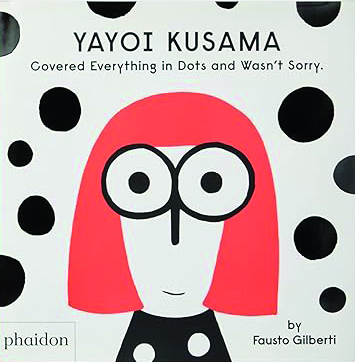 Yayoi Kusama Covered Everything in Dots and Wasn’t Sorry by Fausto Gilberti
Yayoi Kusama Covered Everything in Dots and Wasn’t Sorry by Fausto Gilberti
A clever, quirky book about the work and life of one of the most admired contemporary artists.
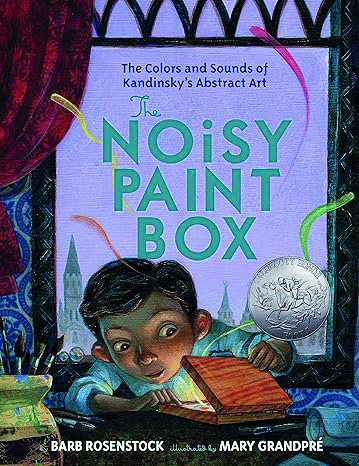 The Noisy Paint Box by Barb Rosenstock and Mary GrandPré
The Noisy Paint Box by Barb Rosenstock and Mary GrandPré
When Kandinsky opened his paintbox and began mixing the reds, the yellows, the blues, he heard a strange sound and brought this into his famous abstract art.
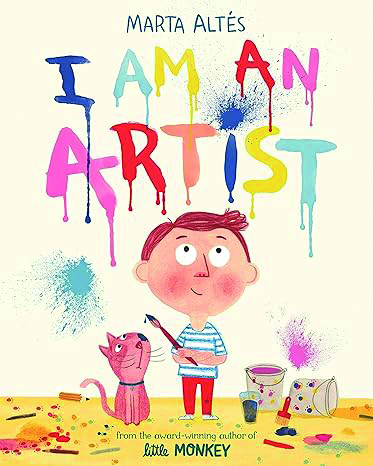 I Am An Artist by Marta Altés
I Am An Artist by Marta Altés
Meet the boy who can’t stop creating art. There’s just one problem: his mum isn’t quite so enthusiastic…
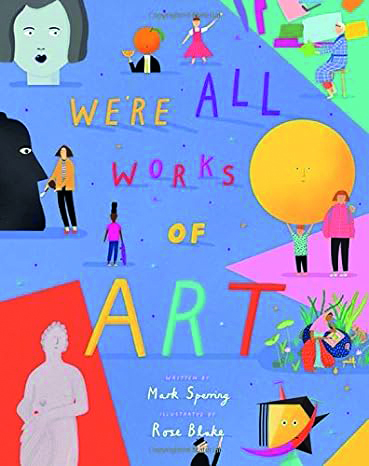 We’re All Works of Art by Mark Sperring and Rose Blake
We’re All Works of Art by Mark Sperring and Rose Blake
Pairing bright illustrations with relatable rhymes, this beautiful book celebrates diversity while teaching about different art styles.
 Luna Loves art by Joseph Coelho and Fiona Lumbers
Luna Loves art by Joseph Coelho and Fiona Lumbers
Join Luna and Finn at the Art Gallery and step inside famous works of art.
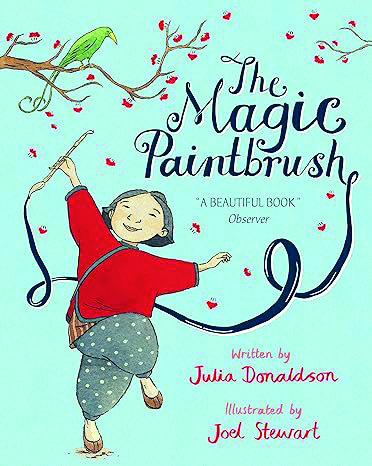 The Magic Paintbrush by Julia Donaldson and Joel Stewart
The Magic Paintbrush by Julia Donaldson and Joel Stewart
With her magic paintbrush, Shen can paint steaming pots full of fish and oysters to feed the hungry people in her village.









